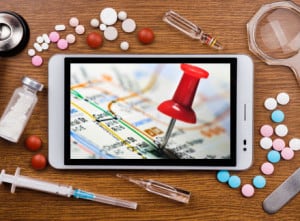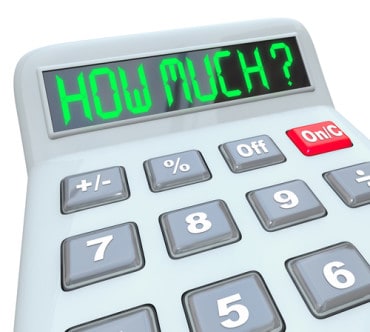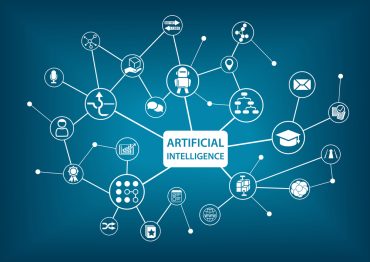
How real-time data from healthcare apps can help predict and control disease outbreaks and epidemics.
Every year, an epidemic results in the loss of 250,000 to 500,000 lives worldwide. These losses can be greatly reduced with an accurate model predicting disease outbreaks, so that necessary flu shots and other medical measures can be deployed in time.
This is where real-time data comes into play, aiding in the forecast of an epidemic by pooling information from various data and reporting sources. Ever since Google came up with their revolutionary Google Flu Trends, predicting disease outbreaks has become a hot topic in the medical and digital world.
Google Flu Trends: not enough data
Google search queries for epidemic illness symptoms peak during the flu season. The main purpose of Google Flu Trends was to fine-tune the data collected by the Center For Disease Control and Prevention (CDC), with which they claimed they could predict the sickness outbreak two weeks in advance.
The CDC collects data related to various sickness treatments in and around the United States, reporting the status of epidemic outbreaks all year round. The World Health Organization also collects similar data from around the world to predict epidemic outbreaks. However, this data isn’t always enough to make accurate predictions.
Sadly, Google Flu Trends failed miserably in 2013 when they missed the peak flu-season prediction by 140 percent. Google Flu Trends was not really a success because they relied on data from only one source– their search engine queries.
Real-time data needed
As unsuccessful as it was, Google Flu Trends did provide enough data to help the prediction model to an extent. Wikipedia is also becoming a great real-time data source, as views for such epidemic illness increase during the peak season.
Real-time data, however, is the key ingredient to understanding the impact of a given disease in a particular year. The flu, for example, isn’t constant every year and can strike at any time between the months of October and February. For 2016, a model from Los Alamos National Lab suggests that the flu season will begin by February and has a 1 percent chance of impact before that.
In addition to search-engine queries, social media sites can be used to gather related real-time data. Analysts target keywords related to the epidemic illness, like “flu”, “cold”, etc. in social conversations to improve predictive analysis.
There are several other great real-time online data sources that users visit when they have certain symptoms that point towards a particular illness. The data collected through such sources, along with traditional sources, has helped increase the prediction success rate. However, the prediction success rate is only at 60 percent – a good start, but a long way to go. More real-time data is needed to improve the prediction model, which takes us to the next data source: mobile apps.
Predicting disease outbreaks with healthcare app data
In recent years, healthcare mobile apps have evolved at a blinding pace. Users rely on multiple apps to keep them healthy and fit. The fitness apps tell them what to eat and how to exercise (think Strava, FitBit and Lose It!) and on-demand medical apps remind users about their medication and allow them to contact their doctors through the app itself (Doctor On Demand, Bond Intelligent Care, and PocketPharmacist).
Data from apps could help the predictive model greatly. Since these mobile apps are already connected to the Internet, it’s easy to gather the necessary analytics data and run it through the model when needed. For instance, with fitness apps, data might be gathered to get a baseline of “normal” physical activity in a particular area. When severe fluctuations occur that aren’t weather based, red flags would then go up.

With the failure of Google Flu Trends, it was proven that cumulative data from multiple sources improves the prediction model greatly. Now, by integrating said data with the real-time data from on-demand mobile apps, the prediction model gets the necessary intelligence that is needed to give more accurate results and save lives.
Want more? Check out our most-read content:
White Paper: How to ‘Future-Proof’ a Streaming Analytics Platform
Research from Gartner: Real-Time Analytics with the Internet of Things
E-Book: How to Move to a Fast Data Architecture
The Value of Bringing Analytics to the Edge
Three Types of IoT Analytics: Approaches and Use Cases
Video — Plat.One CEO: Enterprise IoT Doesn’t Have to Be Hard
Three Types of IoT Analytics: Approaches and Use Cases
Liked this article? Share it with your colleagues!






























